[…]
Burlington Northern 10403
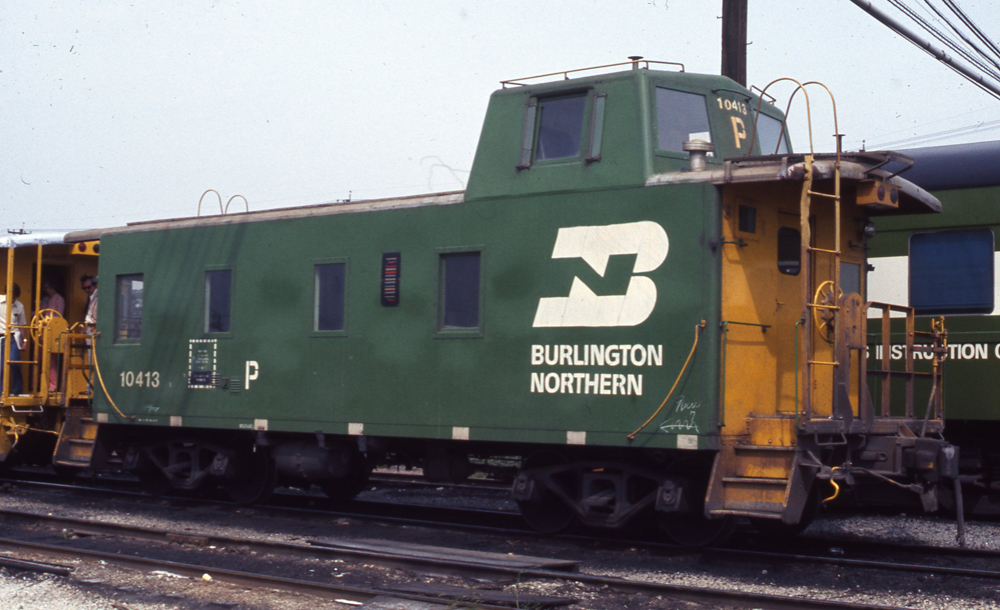
Introducing the all-new Trains.com Forum! Become a part of our Community! >>VISIT NOW

[…]
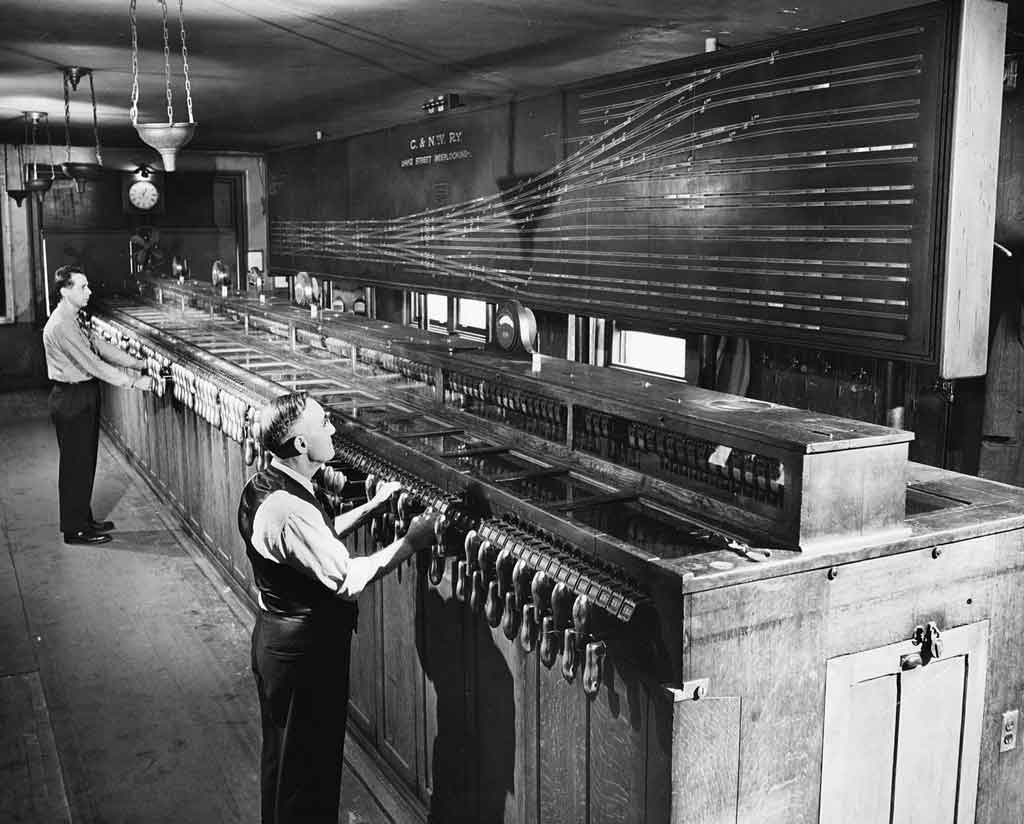
The diagram in the Lake Street interlocking tower for C&NW’s North Western Terminal in Chicago shows 16 station tracks and the complexity of the trackage at the throat of the terminal. C&NW photo […]
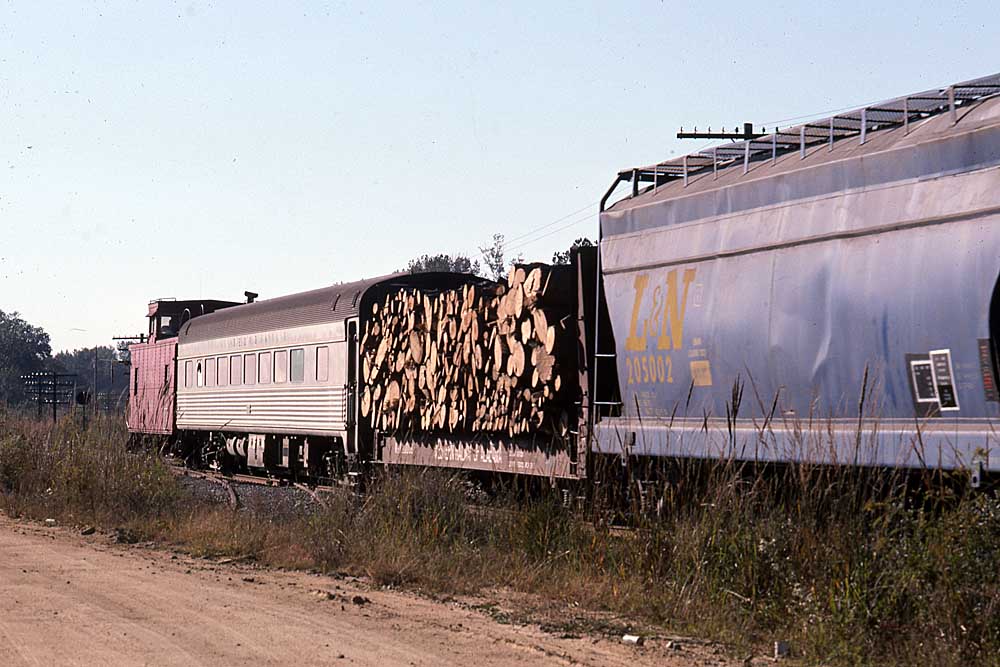
Editor’s Note: Former Classic Trains Senior Editor J. David Ingles rode the Georgia Railroad mixed train with his wife, Carol, on Oct. 22, 1975. Wednesday morning was dawning clear but crisp as we left the motel, and our taxi driver had no trouble making the 7-mile trip to the Harrisonville Yard “passenger station” […]
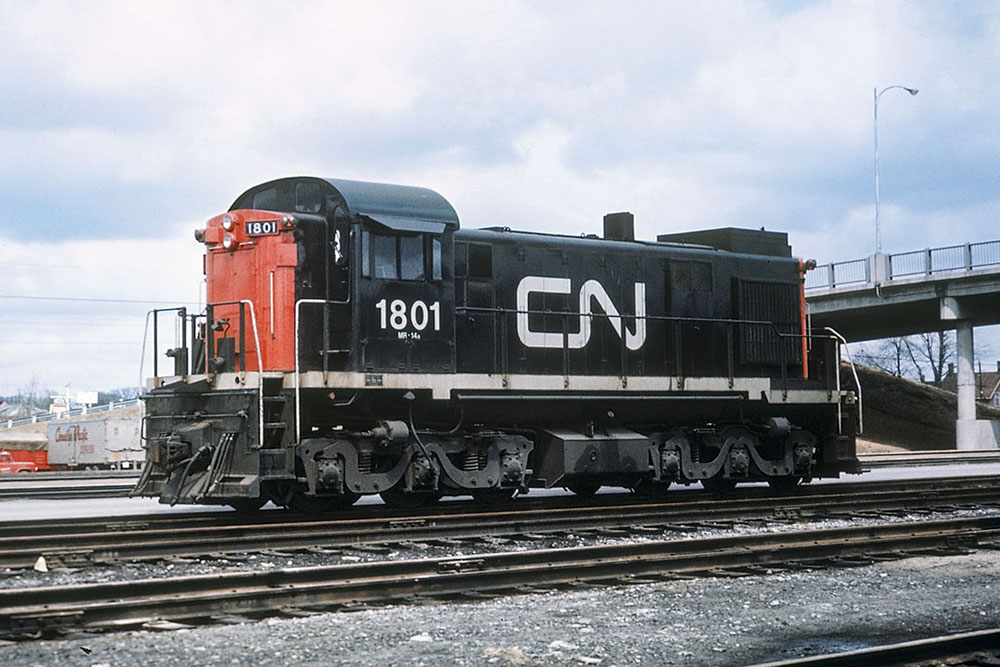
Montreal Locomotive Works RSC24 diesel locomotives were “conceived of cannibalism.” So went a claim in the April 1977 issue of Trains. Montreal Locomotive Works had encouraged Canadian National to upgrade its older, 1,600 hp road switchers with new 12-cylinder, 251-type prime movers. Four of its 244-type prime movers were recycled into the new RSC24 […]
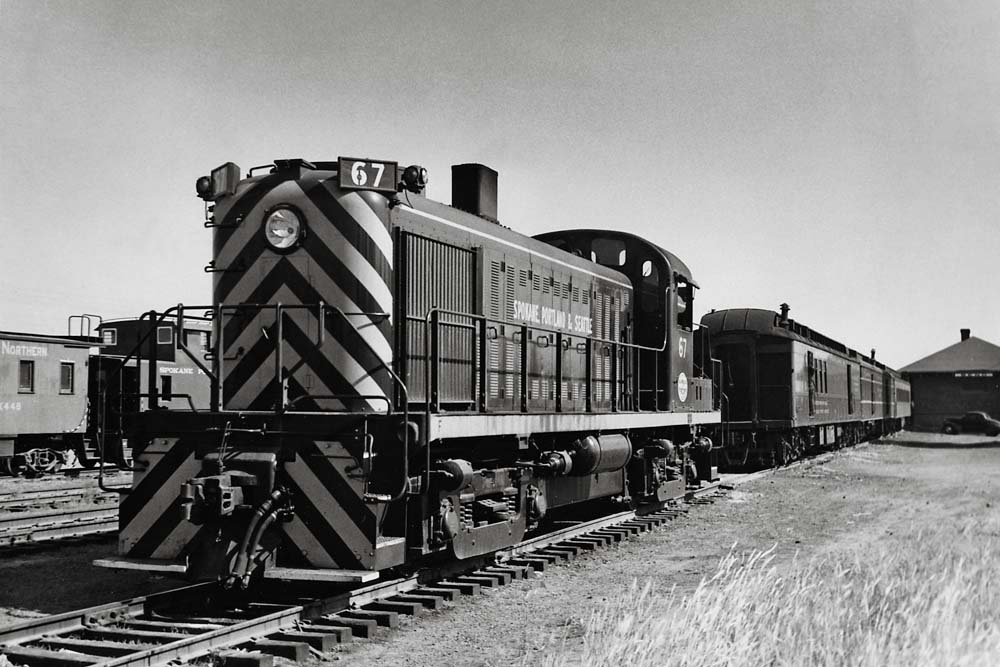
[…]
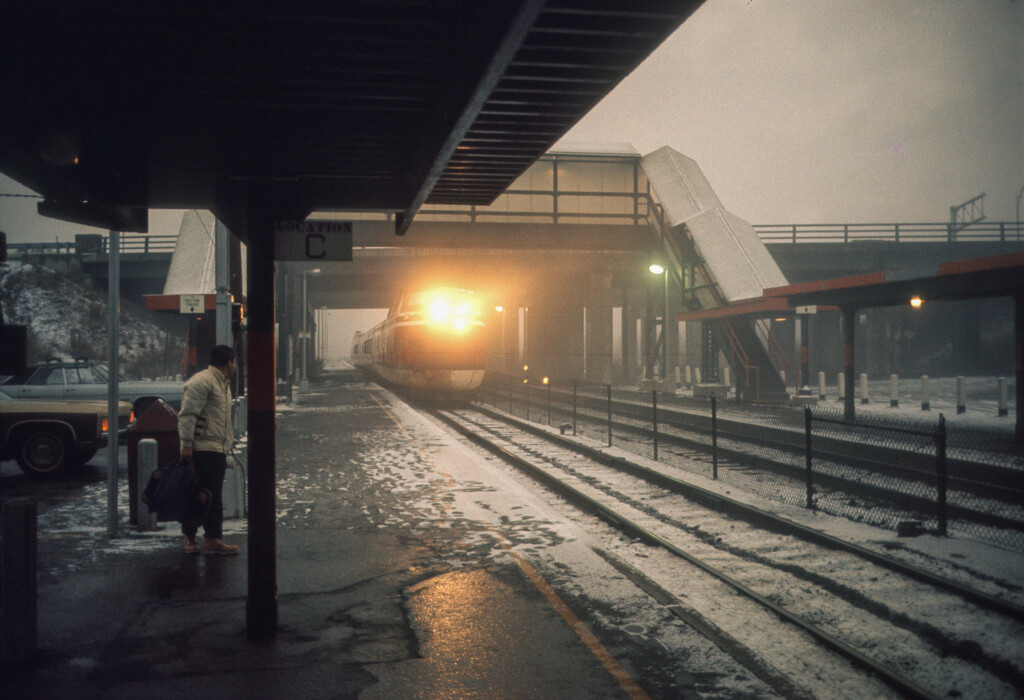
[…]
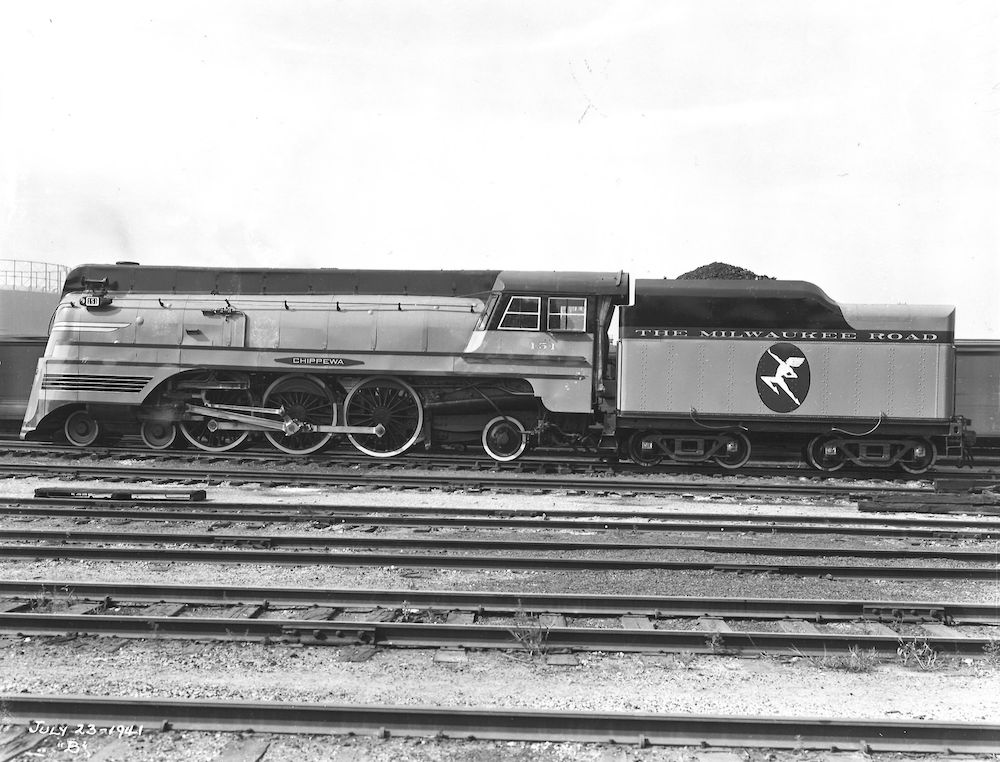
[…]
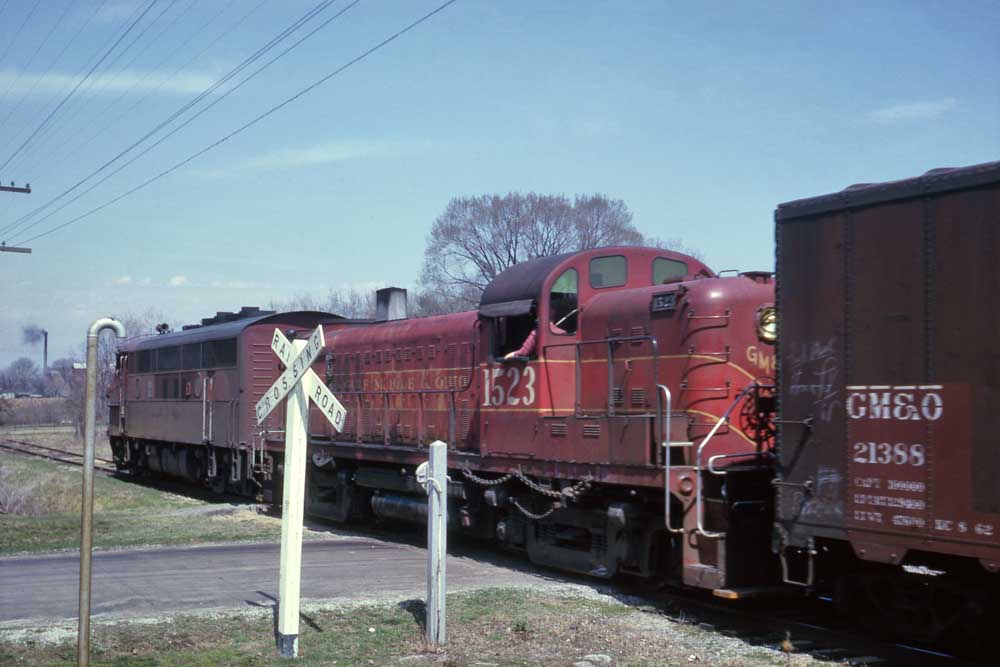
[…]
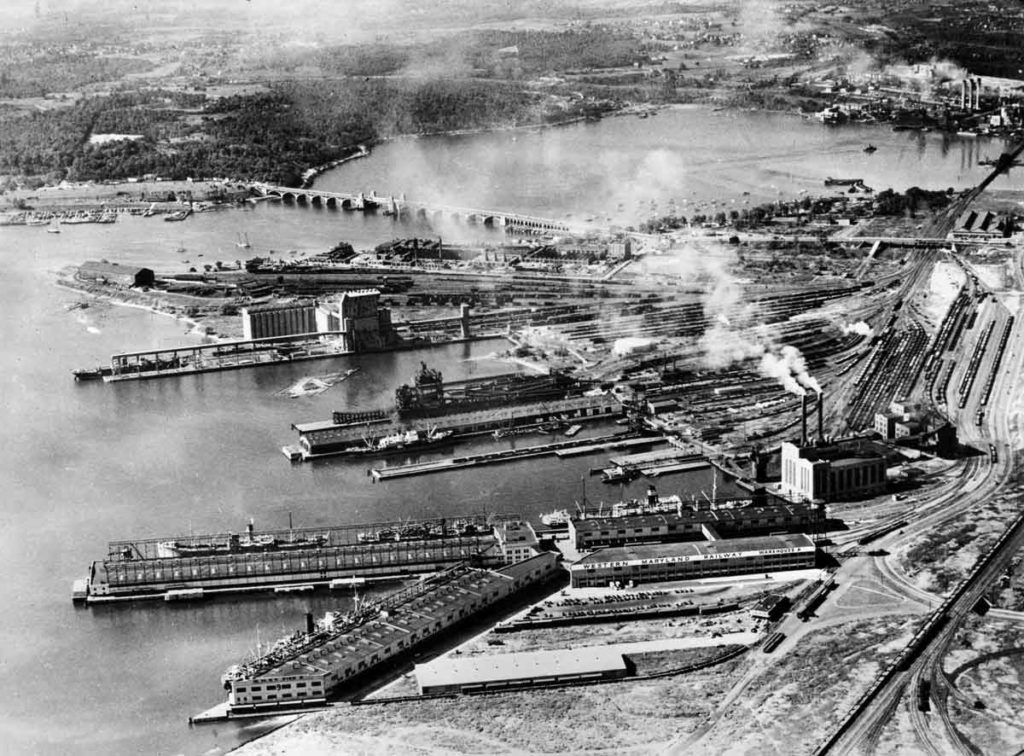
An aerial view from about 1940 shows the extensive dockside facilities the Western Maryland maintained at Port Covington on Baltimore Harbor. WM photo […]
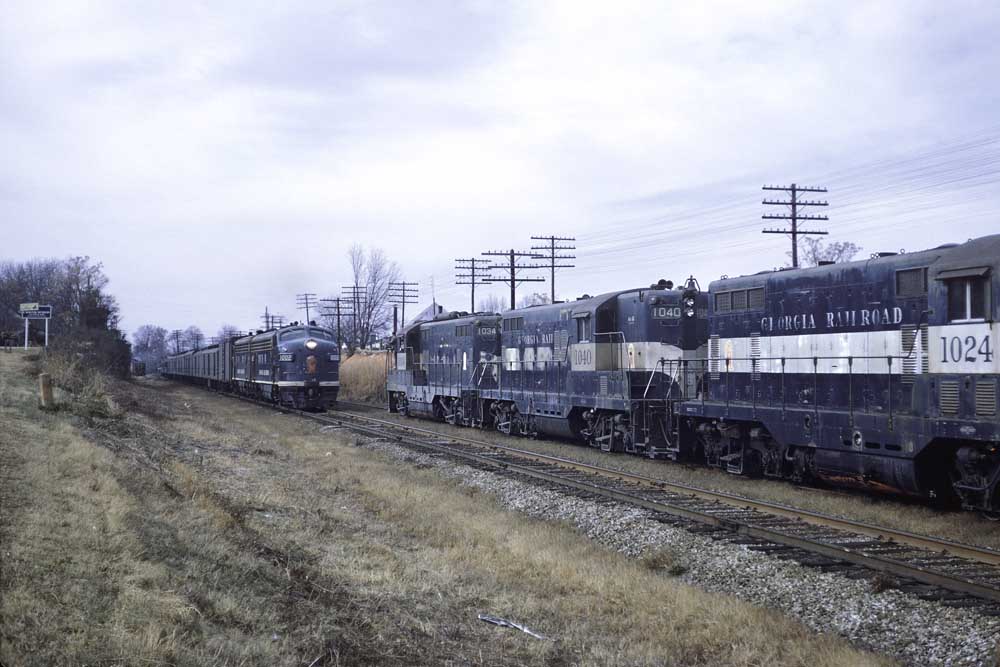
In its rich 150-year history, the Georgia Railroad was touched and torched by the rich and famous. During the process, the company morphed from a railroading pioneer and leader in the Peach State to an interesting combination of Class I and short-line operation. Started as The Georgia Railroad in 1833, the ambitious company hired […]
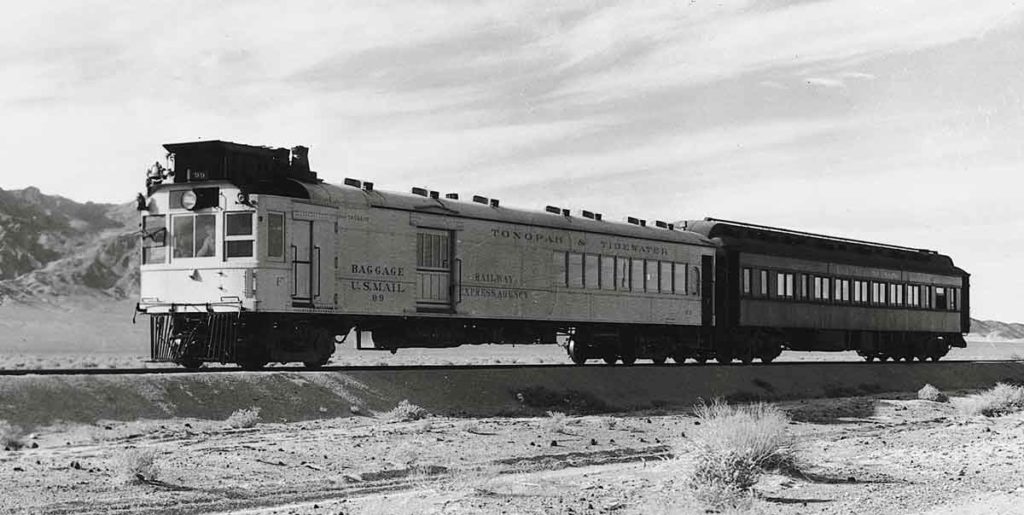
Begun in 1905, the Tonopah & Tidewater extended from the Santa Fe main line at Ludlow, Calif., 160 lonely miles north into Nevada. In the late 1920s T&T acquired a gas-electric car and began handling, in partnership with Union Pacific, a twice-weekly Pullman car that ran from Los Angeles to Death Valley, pictured here before […]
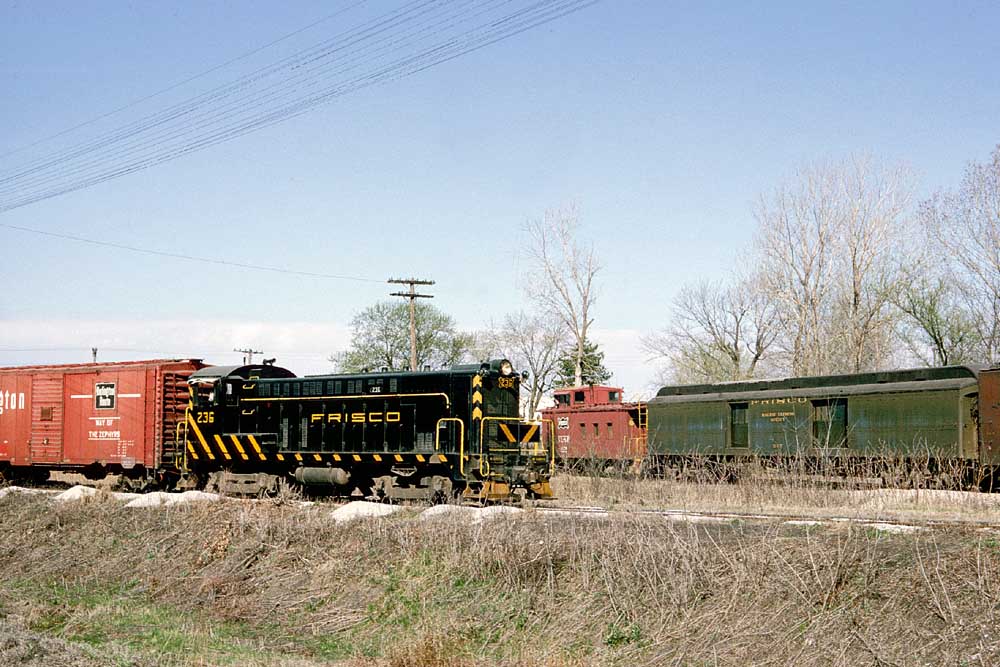
A Frisco caboose ride provided a much needed railfan break during my military assignment near Kansas City. My spirits fell when I received orders for my first U.S. Air Force permanent-duty assignment, at the Richards-Gebaur Air Force Base just south of Kansas City, Mo. I had hardly been west of the Appalachian Mountains, and […]